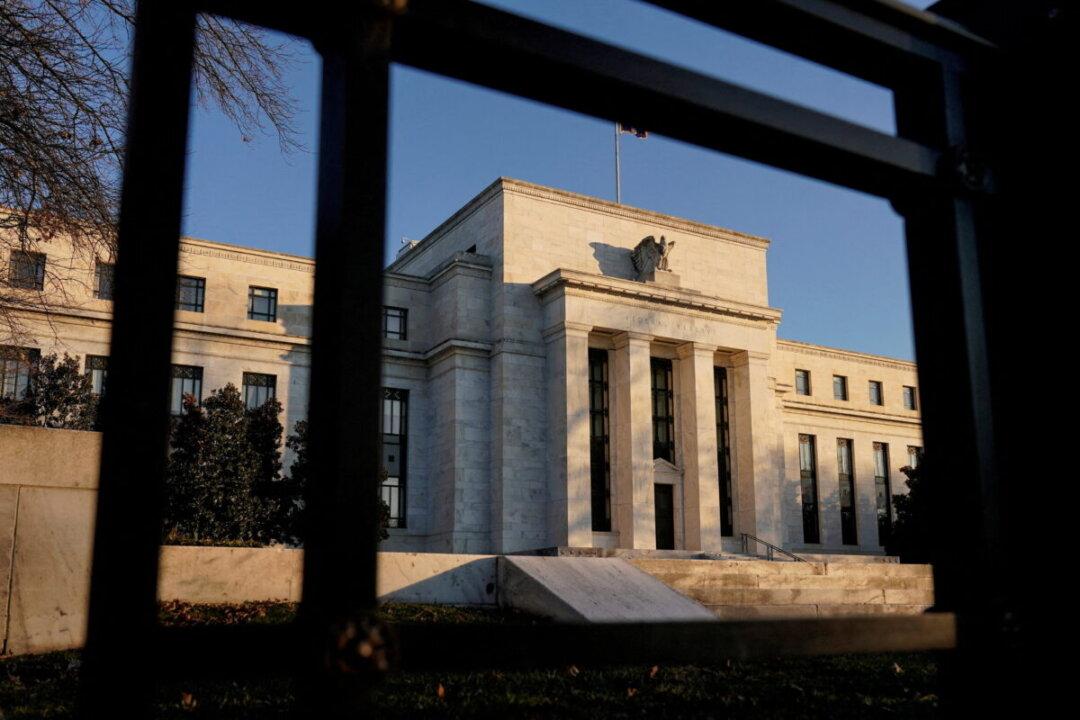Economists believe that central banks will not be as impetuous to unleash quantitative easing measures and that these institutions will not be quick to decimate their economies to vanquish inflation, according to a new Bloomberg survey.
The business news network surveyed economists worldwide to gather their views on the lessons learned from multi-decade-high inflation.





